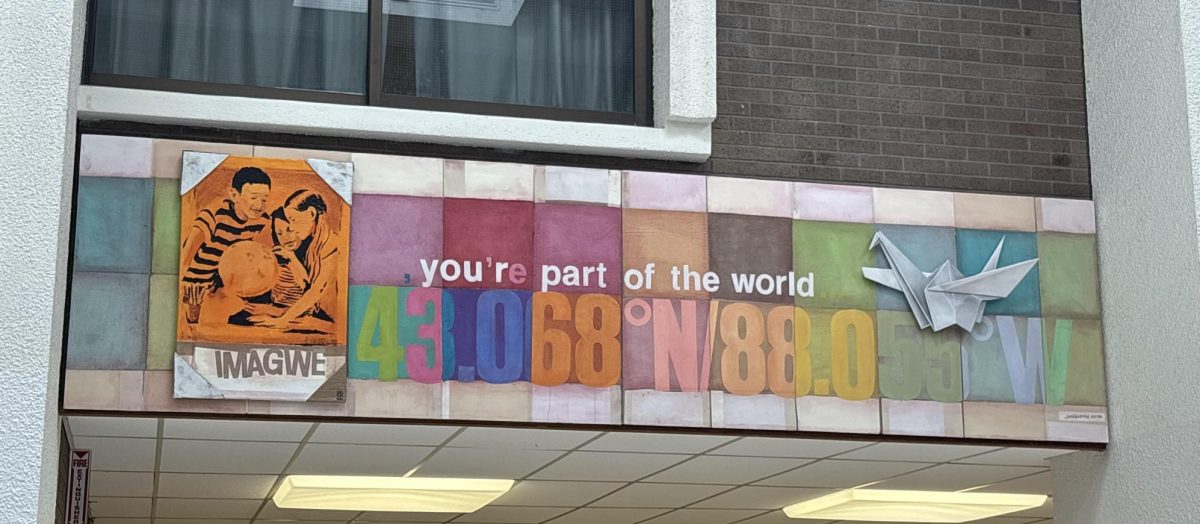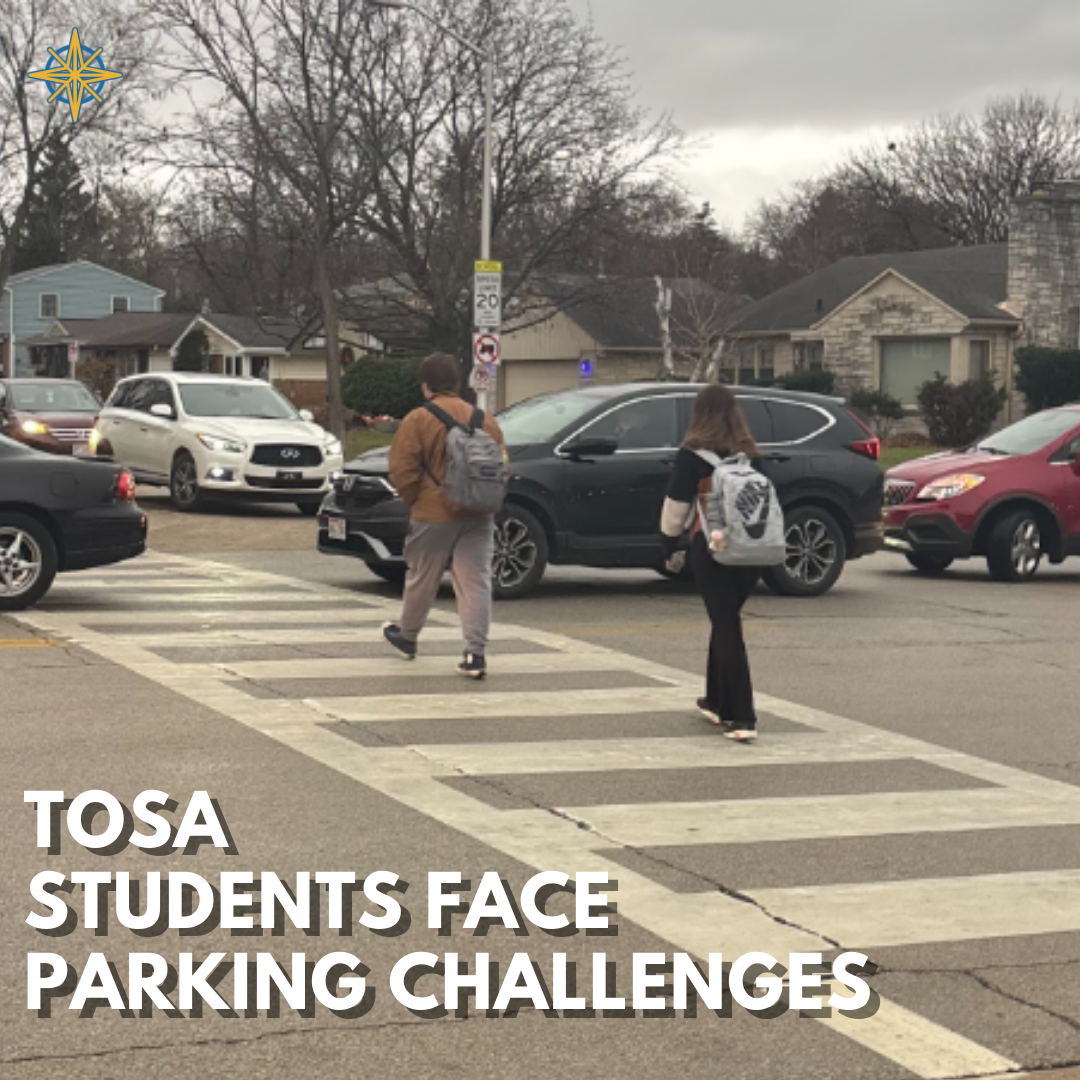 According to the statistics at the Wisconsin Information Network for Successful Schools, in the 2009-10 school year 1,218 students were expelled in the entire state of Wisconsin. That year there were no expulsions at Wauwatosa West. The highest recorded number of students expelled at West in one year is five. Frank Calarco, principal of West, said, “All I can tell you is that there have been two hearings this year.”
According to the statistics at the Wisconsin Information Network for Successful Schools, in the 2009-10 school year 1,218 students were expelled in the entire state of Wisconsin. That year there were no expulsions at Wauwatosa West. The highest recorded number of students expelled at West in one year is five. Frank Calarco, principal of West, said, “All I can tell you is that there have been two hearings this year.”
Many students know what you have to do to get expelled, but most do not know what the school has to do to expel them. There is a process that must be followed. That process is standard in Wisconsin and is laid out in chapter 120 subchapter 1 of Wisconsin Laws. This section explains the requirements for expulsion and the process that must be followed.
The expulsion process can be long and full of hearings and appeals. When a student is suspended or expelled, a notice and explanation must be sent to the student and the student’s guardian if the student is a minor. At that point the student has a right to a hearing thanks to the due process clause in the fourteenth amendment. This was established in the court case Goss v Lopez (1974). In this case a student was suspended for being involved in a food fight at his school. The principal failed to hold a hearing for the student before the suspension was ordered. The courts decided that the student’s due process rights had been violated. The case was appealed until it reached the same court where a 5-4 vote upheld the decision. If the student requests, or if the student is a minor, then the hearing must be closed. During the hearing the council must keep track of the minutes. If the student or guardian feels the decision was unfair or the process was wrong they can appeal.
In recent years many students have come to believe that the requirements for being expelled have changed. This is most likely due to the rules being more strictly enforced. The enforcement may have changed but the requirements and process have not.







